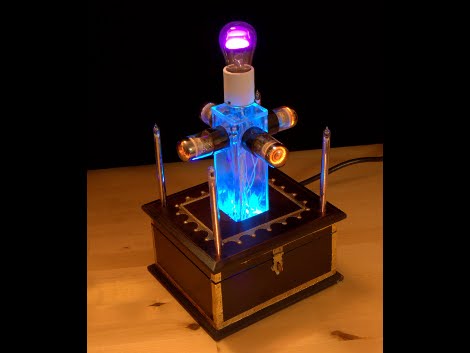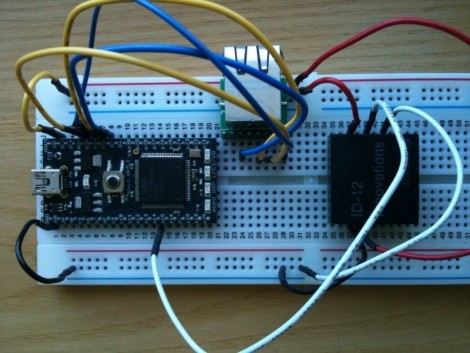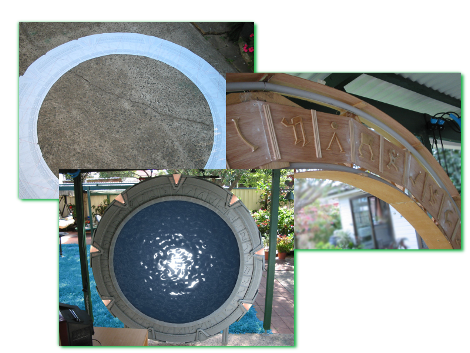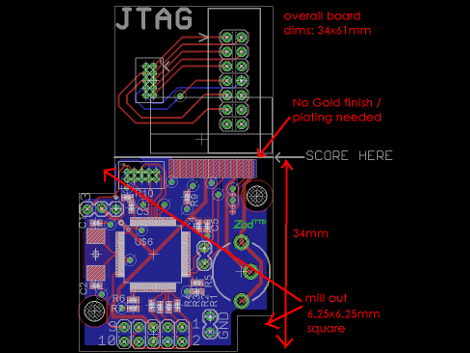
Sonoluminescence is one of those strange phenomenon that many would never encounter outside an academic environment. For those who have never heard of it, Sonoluminescence is when tiny bubbles suspended in a liquid emit light while being vibrated at certain frequencies. We were pleased to see that some plans are out there on how to build your own device to produce it.
[via io9]














